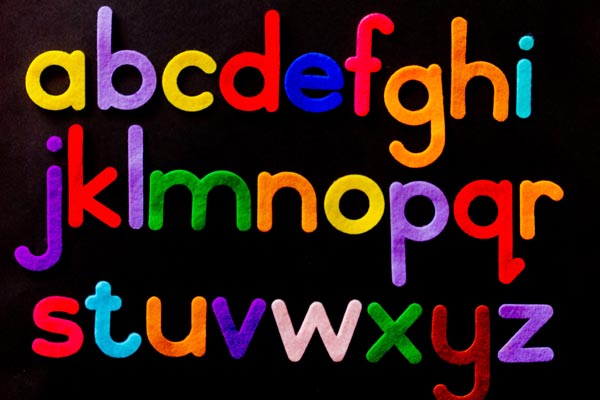2023年新高考I卷
C
The goal of this book is to make the case for digital minimalism, including a detailed exploration of what it asks and why it works, and then to teach you how to adopt this philosophy if you decide it’s right for you.
To do so, I divided the book into two parts. In part one, I describe the philosophical foundations of digital minimalism, starting with an examination of the forces that are making so many people’s digital lives increasingly intolerable, before moving on to a detailed discussion of the digital minimalism philosophy.
Part one concludes by introducing my suggested method for adopting this philosophy: the digital declutter. This process requires you to step away from optional online activities for thirty days. At the end of the thirty days, you will then add back a small number of carefully chosen online activities that you believe will provide massive benefits to the things you value.
In the final chapter of part one, I’ll guide you through carrying out your own digital declutter. In doing so, I’ll draw on an experiment I ran in 2018 in which over 1,600 people agreed to perform a digital declutter. You’ll hear these participants’ stories and learn what strategies worked well for them, and what traps they encountered that you should avoid.
The second part of this book takes a closer look at some ideas that will help you cultivate (培养) a sustainable digital minimalism lifestyle. In these chapters, I examine issues such as the importance of solitude (独处) and the necessity of cultivating high-quality leisure to replace the time most now spend on mindless device use. Each chapter concludes with a collection of practices, which are designed to help you act on the big ideas of the chapter. You can view these practices as a toolbox meant to aid your efforts to build a minimalist lifestyle that works for your particular circumstances.
28. What is the book aimed at?
A. Teaching critical thinking skills.
B. Advocating a simple digital lifestyle.
C. Solving philosophical problems.
D. Promoting the use of a digital device.
29. What does the underlined word “declutter” in paragraph 3 mean?
A. Clear-up. B. Add-on. C. Check-in. D. Take-over.
30. What is presented in the final chapter of part one?
A. Theoretical models. B. Statistical methods.
C. practical examples. D. historical analyses.
31. What does the author suggest readers do with the practices offered in part two?
A. Use them as needed. B. recommend them to friends.
C. Evaluate their effects. D. Identify the ideas behind them.
答案解析:
28. 根据第一段"The goal of this book is to make the case for digital minimalism..."可知,这本书的目标是提倡数字极简主义,即一种简单的数字生活方式。因此选B。
29. 根据第三段"This process requires you to step away from optional online activities for thirty days..."可知,"declutter"这个过程要求读者暂时远离可选的在线活动,并在30天后有选择地恢复一些活动,这意味着这个词的意思是清理或简化。因此选A。
30. 根据第四段"In doing so, I’ll draw on an experiment I ran in 2018 in which over 1,600 people agreed to perform a digital declutter. You’ll hear these participants’ stories and learn what strategies worked well for them, and what traps they encountered that you should avoid."可知,最后一章提供了2018年的一项实验,其中1600多人同意进行数字清理,并分享了他们的故事和策略,这些都是实际的例子。因此选C。
31. 根据最后一段"Each chapter concludes with a collection of practices, which are designed to help you act on the big ideas of the chapter. You can view these practices as a toolbox meant to aid your efforts to build a minimalist lifestyle that works for your particular circumstances."可知,作者建议读者将这些实践视为工具箱,根据个人情况需要时使用它们来构建适合自己的极简生活方式。因此选A。








